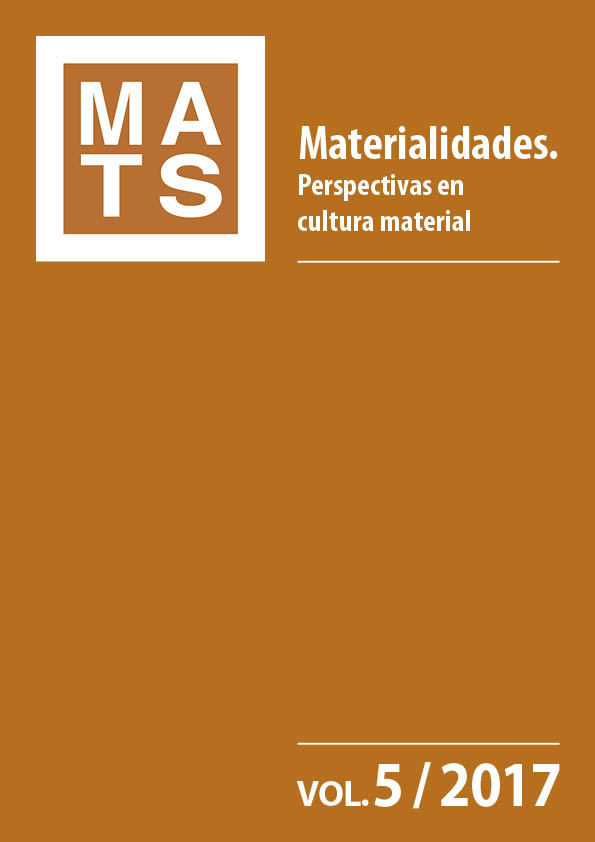OCUPACIONES HUMANAS DE FINALES DEL PLEISTOCENO EN VALLES INTERMONTANOS DEL NOROESTE ARGENTINO. [Late Pleistocene human occupations in northwestern Argentinian mountain valleys]
DOI:
https://doi.org/10.22307/2340.8480.2017.01.001Abstract
At 2000m elevation the semi-arid western slopes of Cumbres Calchaquíes (NW Tucumán, Argentina) are characterized by relatively stable, gently sloping geoforms known in the literature as glacis. As we see them today, they are the end-product of sequential Pleistocene-age massive debris flows that gave way to the accretion of a variety of clastic materials. These relatively stable landscapes kept the record of a late-Pleistocene to Holocene human occupation. Here we present and discuss the results obtained by VML dating of lithic artifacts from the Río Las Salinas 2 (RLS2) a quarry-workshop archaeological surface mingled with structures and features and, particularly, portable rock-art. Samples for VML dating were subjected to analysis at three levels: macroscopic (typological), mesoscopic (using a stereo microscope to establish the qualitative properties of the varnish) and, microscopic (VML analysis proper).
Based on VML results we suggest that human occupation and exploitation of RLS2 quarry-workshops dates back to @ 13,000 years BP, or to a late-Pleistocene to Holocene occupation. Throughout the Holocene, these archaeological surfaces supplied the resources for preparation, use, aintenance, reuse and reclamation of a diversity of lithic instruments, all activities that took place at RLS2. Specific subsistence activities carried out in RLS2, went beyond lithic production, making the interpretation of these surfaces as multipurpose spaces and not as mere quarry-workshops. Together, VML age estimates and the typological analysis of lithic artifacts at RLS2 provide the earliest evidence of human occupation for the intermountain valleys of northwestern Argentina,
since and contributes to further discuss the timing and archaeological evidence of the earliest peopling of the Americas.


